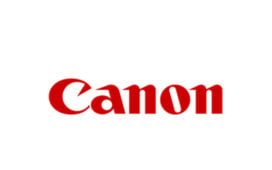by Sophie Simpson, founder and managing director at Atteline
This year marked the 15th anniversary of Tim Ferris’ New York Times bestseller The Four-Hour Workweek, and while its unconventional position at that time affected many of us like a moreish cocktail of fervour, we’re now living in an era where hybrid and remote work have become a universal norm. In simple terms, Ferris’ premise was that work-life balance truly was attainable, and today, this once enigmatic concept has become more realizable than ever to many of those who had long ago shelved it as a cobwebbed pipe dream. So much so, that household names like 3M, Reddit, Twitter and Spotify are but a snapshot of huge com
To continue reading this article you need to be registered with Campaign. Registration is free and only takes a minute. Register Now or sign in below if you already have an account.









